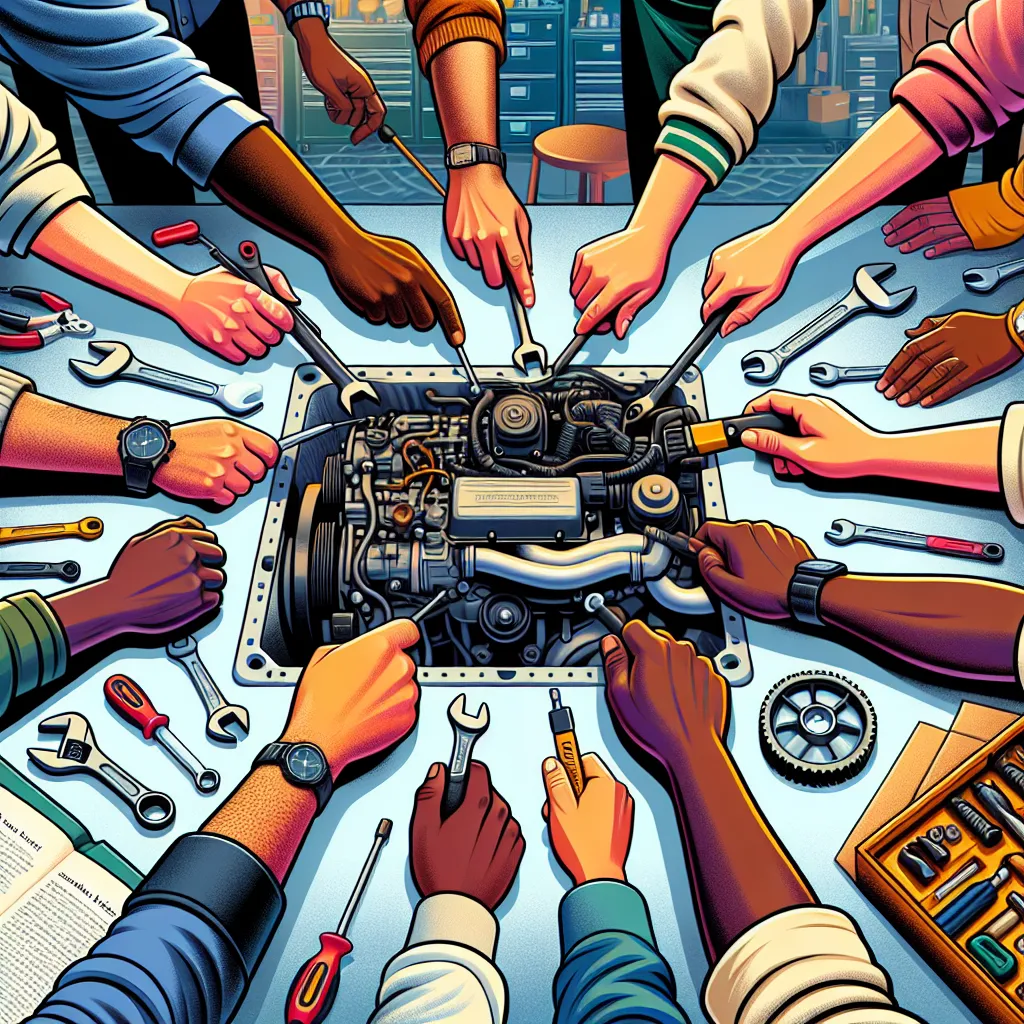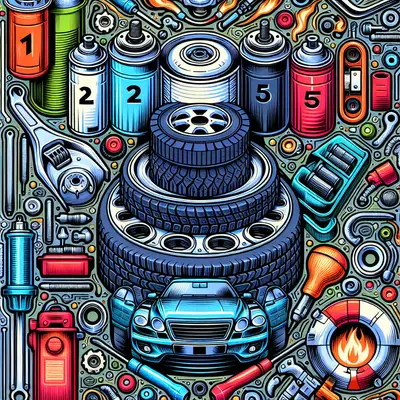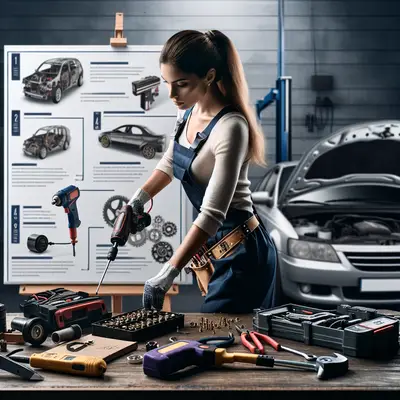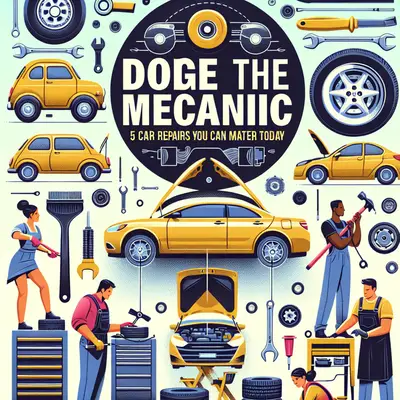Roll up your sleeves and gear up for some real-world auto repair know-how. Whether you're a seasoned DIY enthusiast or a beginner looking to learn, this guide will provide you with vital tips to tackle common car issues. Let's dive in and elevate your auto repair skills to the next level.
Remember, these tips are meant to guide you, but always prioritize safety and understand the limits of your expertise. It's okay to leave complex issues to the professionals.
1. Brake Pad Replacement
Brakes are crucial to your vehicle's safety. Knowing how to replace brake pads can save you time and money. Start by removing the wheel and locating the brake caliper. Remove the bolts, slide out the old pads, and replace them with new ones. Don't forget to apply brake grease on the back of the new pads before reinstalling the caliper. Finally, test the brakes to ensure they work correctly.
2. Changing the Oil
Oil changes are essential to maintain your car's engine health. Start by safely lifting your car using jack stands. Then, locate the oil pan and drain the oil by removing the drain plug. Remember to replace the oil filter and install a new one. Finally, refill the engine with the appropriate amount of new oil. Be careful as old oil can be hot and harmful to skin.
3. Replacing Windshield Wipers
A clear view is crucial when driving, and windshield wipers play a significant role. If the wipers smear water rather than clearing it away, it's time for a replacement. To replace, lift the wiper away from the windshield, press the small tab underneath to slide the wiper off the arm. Attach the new wiper blade onto the arm and ensure it clicks into place.
4. Changing Car Battery
A dead battery can leave you stranded. Replacing it is simple. Start by removing the negative cable (usually black) before the positive one (red). Remove any screws holding the battery in place and lift it out of the car. Install the new battery, reconnect the cables in reverse order (positive first), and make sure the connections are tight.
5. Replacing Air Filters
Air filters ensure clean air enters your car's engine. A dirty filter can affect performance. To replace, open the hood and locate the air filter box. Open the box, remove the old filter, and install the new one. Make sure the filter fits snugly in the box before closing it up.
Conclusion
Mastering these essential auto repair skills can make car ownership more rewarding and less expensive. Remember, safety comes first. Always use protective gear and adhere to your vehicle's manual instructions. Happy repairing!



